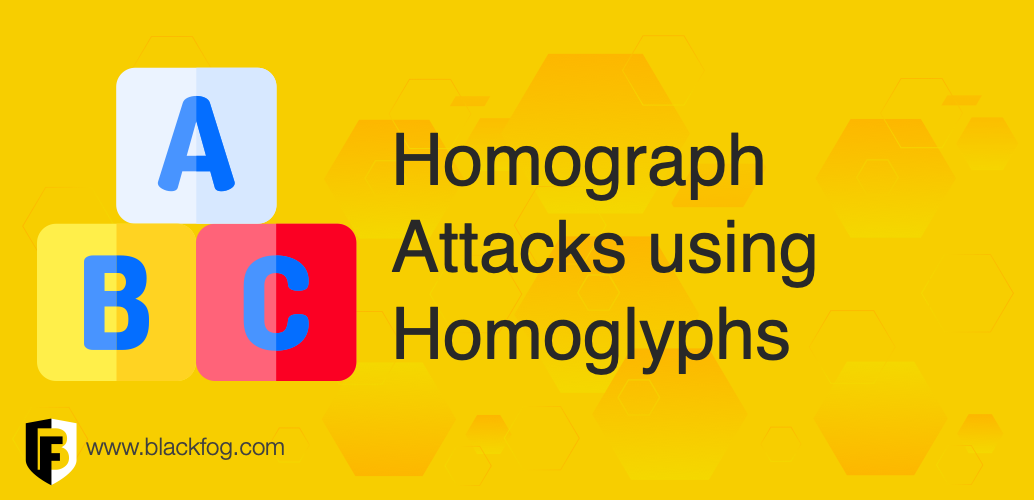
Homograph attacks are the latest in a long line of new attack vectors now being used by cybercriminals to trick users into disclosing personal information such as passwords or other sensitive data.
What is a Homograph?
A Homograph is an attack that uses homoglyphs, characters that use other character sets such as Greek and Cyrillic that have letters that look the same as the roman equivalents. As such, cybercriminals can register domain names that look on the surface to be identical to existing domains and can be used to capture user passwords or other sensitive information. A good example would be an attacker registering the domain “google.com” but using the unicode character u+043E or cyrillic small letter O. There are many characters this can be applied to in order to create a significant number of identical domains.
This technique is usually combined with phishing attacks to trick the user into clicking on the domain and redirecting them to an untrusted domain to deploy malware or collect other information.
How can BlackFog help?
BlackFog Privacy provides automatic protection from homographs and homoglyphs by monitoring network packets in real time. When it detects domains containing multiple character sets it automatically prevents access to that domain.
Related Posts
The State of Ransomware 2025
BlackFog's state of ransomware report 2025 measures publicly disclosed and non-disclosed attacks globally.
Iran Hacked Trump Campaign: A Deep Dive into the Cyberattack
An overview of how Iranian IRGC hackers penetrated Trump's campaign through spear-phishing, leaked sensitive data to influence opponents, and the DOJ's subsequent response.
Microsegmentation: Strengthening Network Security Against Zero Day Exploits
Find out why microsegmentation is an increasingly popular option for supporting zero trust networking approaches.
Patch Management: An Essential Part of Data Security
Ensuring you have a strong patch management strategy in place is essential in minimizing the risks posed by known vulnerabilities.
Layered Security – How a Defense-in-Depth Approach Guards Against Unknown Threats
Make sure your systems are fully protected from threats at every level by incorporating these six key layered security defense strategies.
Zero Trust Data Protection: Securing Your Data in a Perimeterless World
What should firms know about zero trust data protection and how can they ensure it is implemented effectively?






